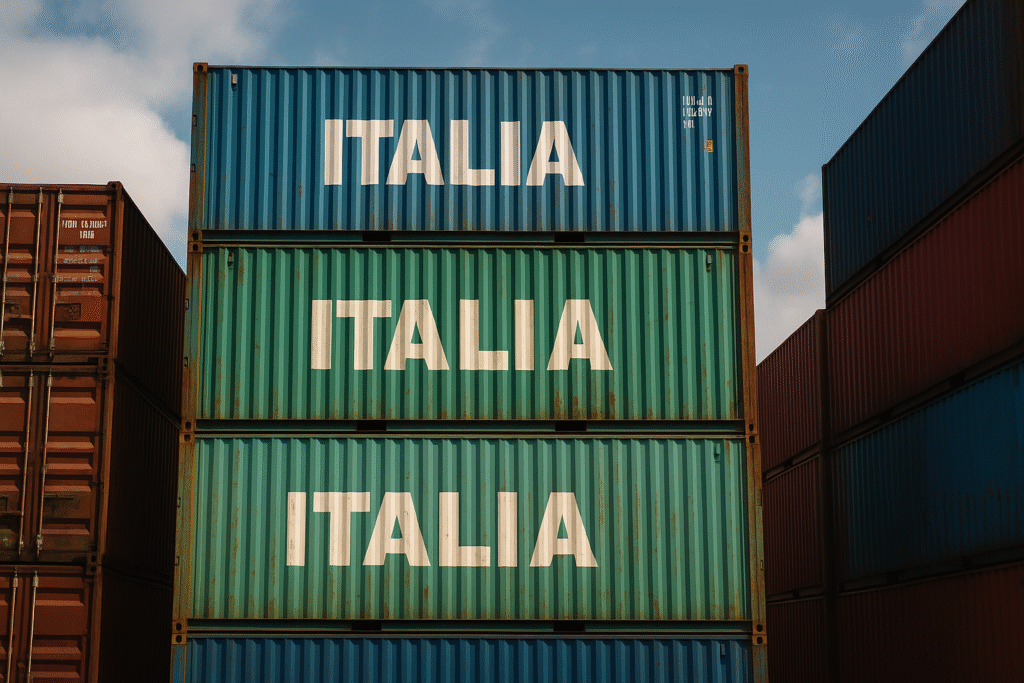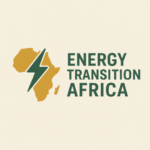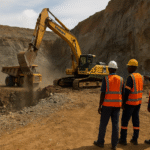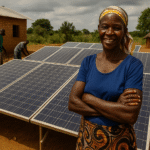A quiet revolution is brewing in the corridors of international finance. No, it’s not another pledge from the G7 or a flashy COP headline. It’s debt. More precisely, the idea is to swap some of it in exchange for climate action.
This week, news emerged that Italy, through its climate envoy Francesco Corvaro, is exploring debt-for-climate swaps in Africa. It’s not the first time this model has surfaced, but the stakes now feel higher, the tone more urgent. With the continent’s debt burden swelling and global climate imperatives mounting, could this finally be a fair deal, or just a new spin on old dependency?
The Promise of Debt Swaps
At its core, a debt-for-climate swap is simple: a creditor agrees to forgive a portion of a country’s debt if the money saved is channelled into verifiable climate or environmental projects. The Seychelles did this in 2015, partnering with the Nature Conservancy to protect marine ecosystems in exchange for debt relief. Similar ideas are now being pushed by the Bridgetown Initiative and supported, in theory, by a few G20 countries.
For Africa, the appeal is obvious. Nations like Zambia, Ghana, and Kenya spend more on debt servicing than on education or healthcare. With limited fiscal space, investing in clean energy, adaptation, or reforestation often feels like a luxury. Debt swaps promise an elegant solution: fund climate goals while easing fiscal pressure.
The Catch
But as with many things in global finance, the devil is in the details.
Critics warn that unless structured equitably, these swaps could become more symbolic than substantive. Who decides what counts as a climate investment? Will communities have a say? Will it come with conditions that mimic past IMF-style structural adjustments, only this time greenwashed?
Moreover, many African debts are owed not to Italy or Paris Club nations, but to China, private bondholders, and multilaterals like the World Bank. Coordinating swaps across these fragmented creditors is a logistical and political headache.
“There’s a risk we end up with token projects and photo-ops while the deeper structural issues remain,” says Dr. Chiamaka Obiora, a Nigerian climate economist. “Debt swaps can help, but they’re not a silver bullet.”
The Bigger Picture: Climate Finance Still Missing in Action
Let’s zoom out. The debt-for-climate conversation is happening against a backdrop of broken promises. The long-standing $100 billion climate finance commitment remains unmet. Worse still, much of what is reported as climate finance is recycled aid or high-interest loans.
Africa receives less than 3% of global climate finance. And yet it is home to more than 30 of the world’s most climate-vulnerable countries. This paradox, of suffering more and receiving less, is at the heart of the push for justice in global climate negotiations.
Debt swaps offer a bridge, perhaps. But we must be wary of a future where Africa’s climate ambition is boxed into bilateral arrangements, rather than being supported through bold, predictable, and fair international finance.
Sovereign Risk, or Sovereign Agency?
Here’s another lens: agency.
Too often, Africa is spoken for in these debates. The continent is seen as a passive recipient of initiatives designed in Brussels, Beijing, or Washington. But this tide is turning. Countries like Kenya and Nigeria are developing green bond markets. Rwanda has passed legislation enabling carbon market participation. Senegal is betting big on renewables.
Debt swaps must not slow this momentum. If anything, they should accelerate home-grown strategies. That means aligning swaps with national development plans, empowering civil society to monitor outcomes, and ensuring that climate projects address real needs, from solar for off-grid communities to flood resilience in urban slums.
“If we’re cancelling debt, let’s not just plant trees,” quips a Kenyan community organiser. “Let’s light homes, build clinics, and train engineers.”
What Should Africa Push For?
At Energy Transition Africa, we believe that the value of any debt swap must be measured not just in carbon tonnes or interest rates, but in lives improved.
African governments must:
- Negotiate transparency: Publish terms of any swap. Let citizens and civil society see what’s promised and what’s delivered.
- Insist on concessional terms: These swaps mustn’t come with hidden costs or future liabilities.
- Involve communities: Projects funded through swaps must be needs-based, inclusive, and locally owned.
- Push for broader reforms: Debt swaps should be part of a wider conversation about fair global finance, including SDR reallocation, fossil fuel subsidy reform, and tax
The Path Ahead
Italy’s announcement is a spark. Whether it becomes a wildfire of progress or a flash in the pan depends on what Africa does next. Debt-for-climate can work, but only if it’s anchored in justice, driven by African priorities, and built on mutual respect.
Africa doesn’t just need relief. It needs room to breathe, plan, and leap. And if global climate finance truly seeks to be transformative, then this is the moment to move beyond charity and embrace solidarity.
🔗 Related Reading: Africa’s Climate Finance Crisis: Broken Promises and the Case for a New Deal



